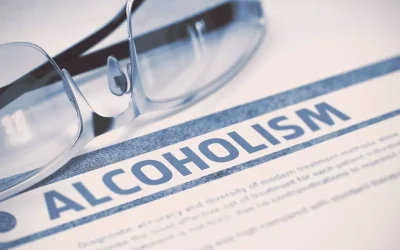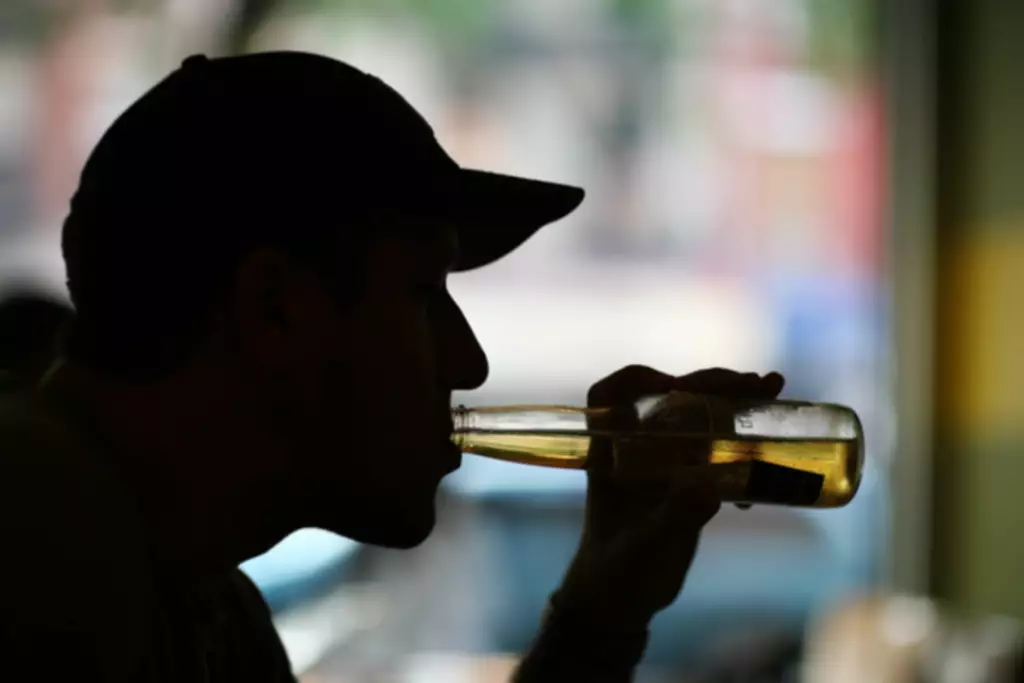Although the benefits of 12-step participation may (and quite often do) outweigh the added AVE risk, clinicians should be aware of this particular risk and take steps to counteract it. This is an open-access report distributed under the terms of the Creative Commons Public Domain License. You can copy, modify, distribute and perform the work, even for commercial purposes, all without asking permission. Considering the numerous developments related to RP over the last decade, empirical and clinical extensions of the RP model will undoubtedly continue to evolve.
4. Consequences of abstinence-only treatment

Indeed, there is anecdotal evidence that this may be the case; for example, a qualitative study of nonabstinence drug treatment in Denmark described a client saying that he would not have presented to abstinence-only treatment due to his goal of moderate use (Järvinen, 2017). Additionally, in the United Kingdom, where there is greater access to nonabstinence treatment (Rosenberg & Melville, 2005; Rosenberg & Phillips, 2003), the proportion of individuals with opioid use disorder engaged in treatment is more than twice that of the U.S. (60% vs. 28%; Burkinshaw et al., 2017). The results of the Sobell’s studies challenged the prevailing understanding of abstinence as the only acceptable outcome for SUD treatment and raised a number of conceptual and methodological issues (e.g., the Sobell’s liberal definition of controlled drinking; see McCrady, 1985).
Critiques of the RP Model
This Is Why It’s So Hard to Lose Weight – Eat This, Not That
This Is Why It’s So Hard to Lose Weight.
Posted: Mon, 28 Oct 2019 07:00:00 GMT [source]
One of the key distinctions between CBT and RP in the field is that the term “CBT” is more often used to describe stand-alone primary treatments that are based on the cognitive-behavioral model, whereas RP is more often used to describe aftercare treatment. Given that CBT is often used as a stand-alone treatment it may include additional components that are not always provided in RP. For example, the CBT intervention developed in Project MATCH [18] (described below) equated to RP with respect to the core sessions, but it also included elective sessions that are not typically a focus in RP (e.g., job-seeking skills, family involvement). As outlined in this review, the last decade has seen notable developments in the RP literature, including significant expansion of empirical work with relevance to the RP model.
- Whether it lasts a week, a month, or years, relapse is common enough in addiction recovery that it is considered a natural part of the difficult process of change.
- Cognitive-behavioral theories also diverged from disease models in rejecting the notion of relapse as a dichotomous outcome.
- Subsequently, the therapist can address each expectancy, using cognitive restructuring (which is discussed later in this section) and education about research findings.
- Outcome expectancies can be defined as an individual’s anticipation or belief of the effects of a behaviour on future experience3.
A Lapse Vs. A Relapse
- Relapse Prevention (RP) is a cognitive-behavioral approach originally developed for treatment of addictions and has since become an effective and popular method for treating sexual offenders.
- We identify a clear gap in research examining nonabstinence psychosocial treatment for drug use disorders and suggest that increased research attention on these interventions represents the logical next step for the field.
- Therefore, one global self-management strategy involves encouraging clients to pursue again those previously satisfying, non-drinking recreational activities.
- Although reducing practical barriers to treatment is essential, evidence suggests that these barriers do not fully account for low rates of treatment utilization.
- Overall, the results were consistent with the review conducted by Irvin and colleagues, in that the authors concluded that 58% of individuals who received CBT had better outcomes than those in comparison conditions.
Most studies of relapse rely on statistical methods that assume continuous linear relationships, but these methods may be inadequate for studying a behavior characterized by discontinuity and abrupt changes [33]. Consistent with the tenets of the reformulated RP model, several studies suggest advantages of nonlinear statistical approaches for studying relapse. The following section reviews selected empirical findings that support or coincide with tenets of the RP model. Because the scope of this literature precludes an exhaustive review, we highlight select findings that are relevant to the main tenets of the RP model, in particular those that coincide with predictions of the reformulated model of relapse. The RP model developed by Marlatt [7,16] provides both a conceptual framework for understanding relapse and a set of treatment strategies designed to limit relapse likelihood and severity. Because detailed accounts of the model’s historical background and theoretical underpinnings have been published elsewhere (e.g., [16,22,23]), we limit the current discussion to a concise review of the model’s history, core concepts and clinical applications.
Outcome expectancies
Notably, these individuals are also most likely to endorse nonabstinence goals (Berglund et al., 2019; Dunn & Strain, 2013; Lozano et al., 2006; Lozano et al., 2015; Mowbray et al., 2013). In contrast, individuals with greater SUD severity, who are more likely to have abstinence goals, generally have the abstinence violation effect best outcomes when working toward abstinence (Witkiewitz, 2008). Together, this suggests a promising degree of alignment between goal selection and probability of success, and it highlights the potential utility of nonabstinence treatment as an “early intervention” approach to prevent SUD escalation.
1. Nonabstinence psychosocial treatment models
The second is assessing coping skills of the client and imparting general skills such as relaxation, meditation or positive self-talk or dealing with the situation using drink refusal skills in social contexts when under peer pressure through assertive communication6. Positive social support is highly predictive of long-term abstinence rates across several addictive behaviours. Among social variables, the degree of social support https://ecosoberhouse.com/ available from the most supportive person in the network may be the best predictor of reducing drinking, and the number of supportive relationships also strongly predicts abstinence. Further, the more non-drinking friends a person with an AUD has, the better outcomes tend to be. Negative social support in the form of interpersonal conflict and social pressure to use substances has been related to an increased risk for relapse.

Specific Intervention Strategies
Or they may believe that they can partake in a controlled way or somehow avoid the negative consequences. Sometimes people relapse because, in their eagerness to leave addiction behind, they cease engaging in measures that contribute to recovery. Research has found that getting help in the form of supportive therapy from qualified professionals, and social support from peers, can prevent or minimize relapse.
Outcome Studies for Relapse Prevention
Currently, the dynamic model can be viewed as a hypothetical, theory-driven framework that awaits empirical evaluation. Testing the model’s components will require that researchers avail themselves of innovative assessment techniques (such as EMA) and pursue cross-disciplinary collaboration in order to integrate appropriate statistical methods. Irrespective of study design, greater integration of distal and proximal variables will aid in modeling the interplay of tonic and phasic influences on relapse outcomes. As was the case for Marlatt’s original RP model, efforts are needed to systematically evaluate specific theoretical components of the reformulated model [1].
